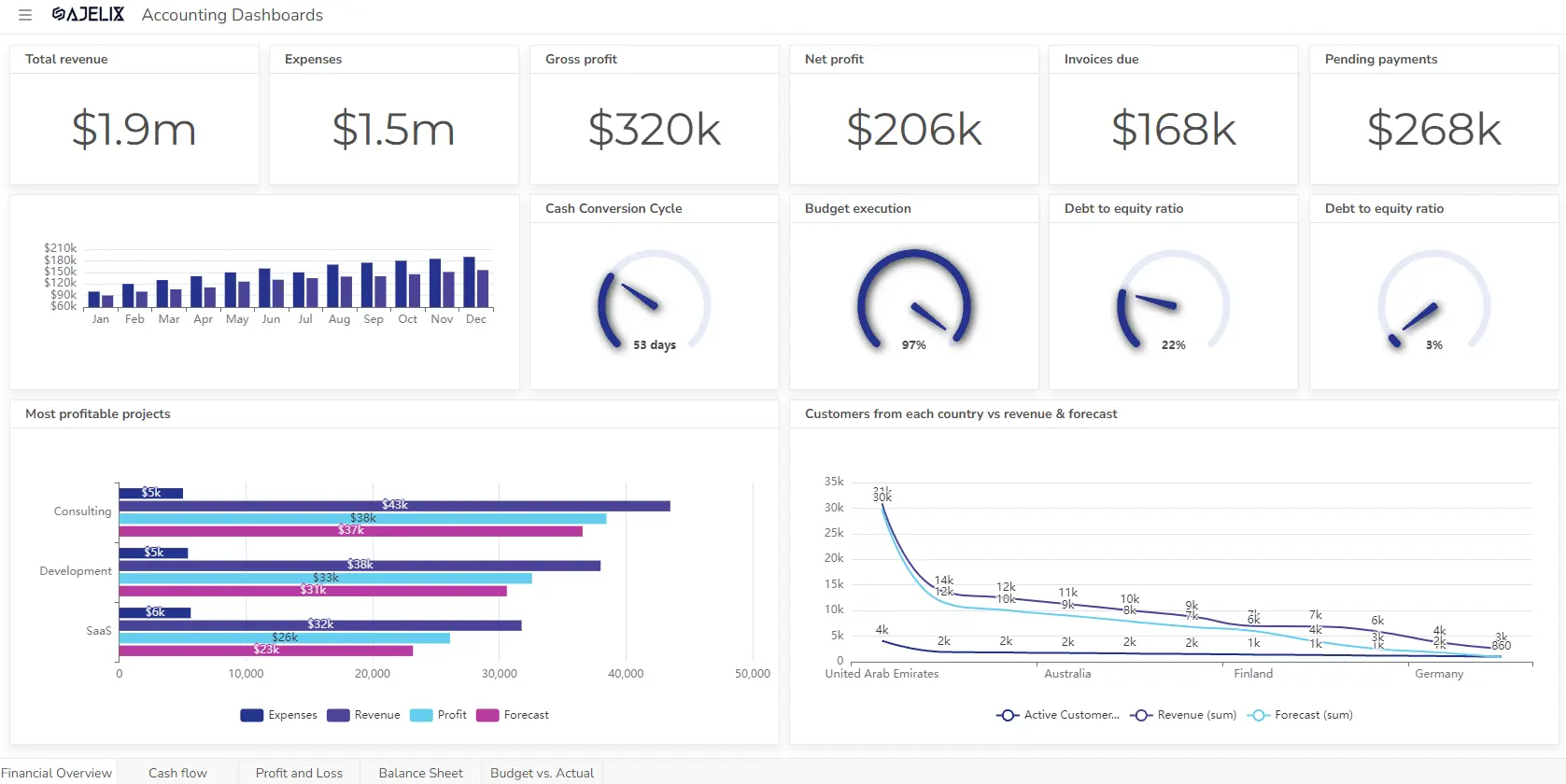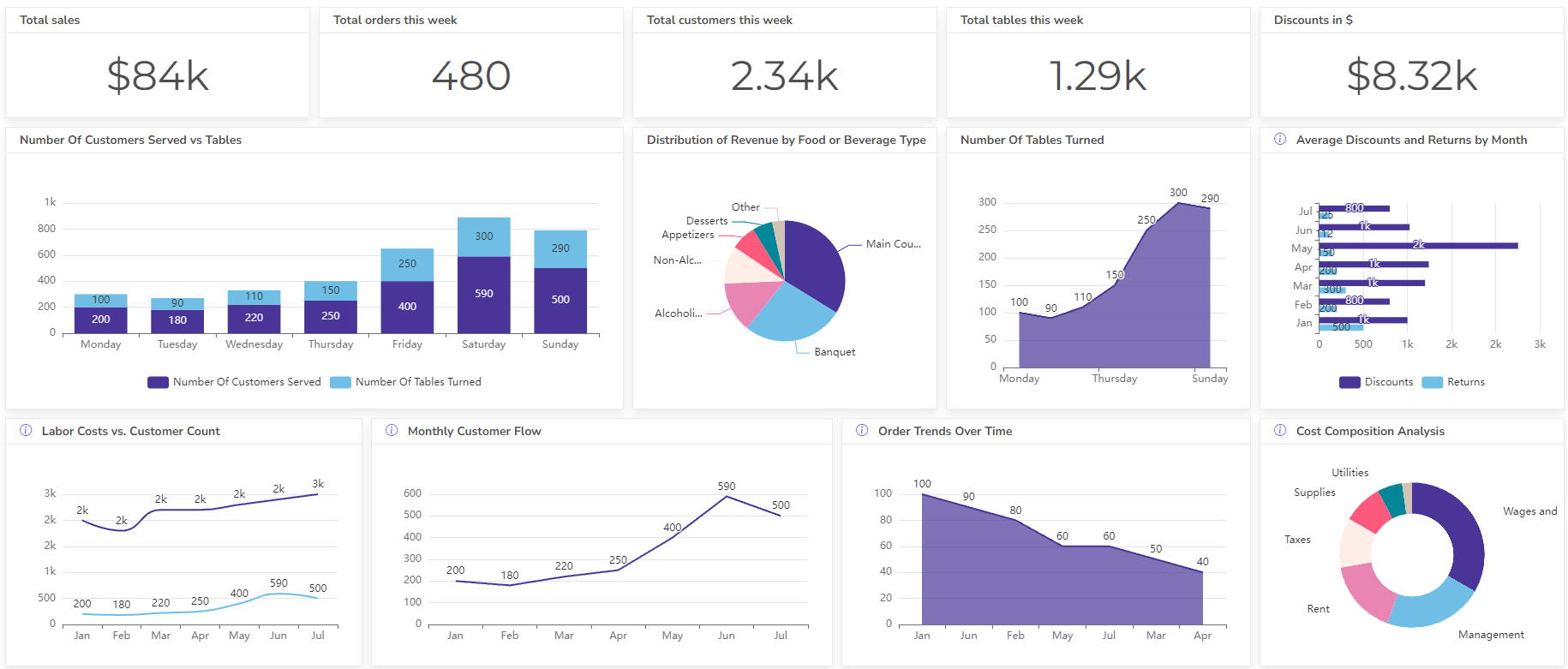- Home
- Data Visualization
- Tools
- AI Data Analyst
- Excel Formula Generator
- Excel Formula Explainer
- Google Apps Script Generator
- Excel VBA Script Explainer
- Excel VBA Script Generator
- Excel VBA Code Optimizer
- Excel VBA Code Debugger
- Google Sheets Formula Generator
- Google Apps Script Explainer
- Google Sheets Formula Explainer
- Google Apps Script Optimizer
- Google Apps Script Debugger
- Excel File Translator
- Excel Template Generator
- Excel Add-in
- Your Virtual AI Assistant For Excel Spreadsheets
- AI Answer Generator
- AI Math Solver
- AI Graph Generator
- AI SQL Generator
- Pricing
- Resources
- Home
- Blog
- Calculators
- Free Employee Turnover Rate Calculator Online
Free Employee Turnover Rate Calculator Online

Explore other articles
- 7 Productivity Tools and AI Plugins for Excel
- Top 5 Julius AI Alternatives for Data Analysis in 2026
- No Code Analytics: Top Tools in 2026
- Automation Tools for Excel in 2026: Built-In & Third-Party
- 5 Healthcare Data Analytics Trends 2026
- Best Analytics Platform For Startups In 2026
- 15 Best AI Tools For Startups In 2026 We Tried
- 7 Best AI Tools for Excel Data Analysis (2026 Comparison)
- AI Data Intelligence For Workspace
- Conversational Analytics & AI
Set up dashboard & track KPIs
The employee turnover rate calculator can help you measure how frequently employees leave a company and are replaced by new hires. This HR KPI is expressed as a percentage over a specific period, typically a year.
Calculate Employee Turnover Rate
Employee turnover rate formula
Employee Turnover Rate = Number of employees separated (period) / Average number of employees (period) x 100
Where:
- Number of employees separated (period): This includes both voluntary and involuntary departures during the chosen timeframe (e.g., a month, quarter, or year).
- Average number of employees (period): This represents the average number of employees working throughout the same timeframe. It’s often calculated by averaging the number of employees at the beginning and end of the period.
By multiplying this fraction by 100, you get the employee turnover rate as a percentage.
Struggling with manual calculations?
Create KPIs and track your data regularly

Learn more
Fast registration and easy setup
How to calculate the turnover rate?
Time needed: 10 minutes
Here’s how to calculate the employee turnover rate step-by-step with an example
- Define the Time Period
Choose the timeframe for which you want to calculate the turnover rate. This is typically a year (annual turnover rate) but can be a month, quarter, or any specific period depending on your needs.
- Identify Departures
Find the total number of employees who left the company during the chosen period. This includes both voluntary departures (resignations) and involuntary separations (terminations, layoffs).
- Calculate The Average Number of Employees
Here’s how to determine the average number of employees: Add the number of employees at the beginning of the period and the number of employees at the end of the period, then divide by two. Average Employees = (Beginning Employees + Ending Employees) / 2
* - Calculate Turnover Rate
Once you have the number of departures and the average number of employees, apply the formula:
Turnover Rate = (Number of Departures) / (Average Number of Employees) x 100 - Interpret the Result
The turnover rate will be a percentage. A higher percentage indicates a higher rate of employee departures. Industry benchmarks and company goals will help you determine if your turnover rate is acceptable or requires attention.
Example:
Let’s say a company starts a year with 100 employees and ends the year with 110 employees. During the year, a total of 15 employees leave the company (voluntary and involuntary).
- Time Period: One Year
- Departures: 15 Employees
- Average Employees: (100 Employees + 110 Employees) / 2 = 105 Employees
- Turnover Rate: (15 Employees) / (105 Employees) x 100 = 14.29%
Therefore, this company has an annual employee turnover rate of approximately 14.29%.
Why measure the Turnover rate?
Businesses calculate employee turnover rate for several reasons:
- Cost Analysis: Employee turnover is expensive. It costs money to recruit, hire, and train new employees. By tracking turnover rate, businesses can estimate these costs and identify areas for improvement in retention strategies. High turnover can also negatively impact customer satisfaction and brand reputation.
- Retention Strategies: A high turnover rate can indicate employee dissatisfaction with company culture, compensation, or work-life balance. Businesses use turnover rate to assess employee morale and implement strategies to retain top talent.
- Productivity Impact: Frequent turnover disrupts workflows and reduces productivity as new hires take time to get up to speed. Monitoring turnover rate helps businesses gauge its impact and take steps to minimize disruption, such as improving onboarding processes or knowledge sharing practices.
- Workforce Planning: Turnover rate helps businesses forecast future staffing needs. By understanding how many employees typically leave each year, businesses can plan for recruitment and training activities accordingly. This ensures they have a sufficient workforce to meet business needs.
- Benchmarking: Turnover rate allows businesses to compare their employee retention rates to industry standards or competitors. This helps them identify areas where they might be lagging behind and implement best practices to improve their standing.
Other calculators
Setup and monitor your KPIs regularly using Ajelix BI















